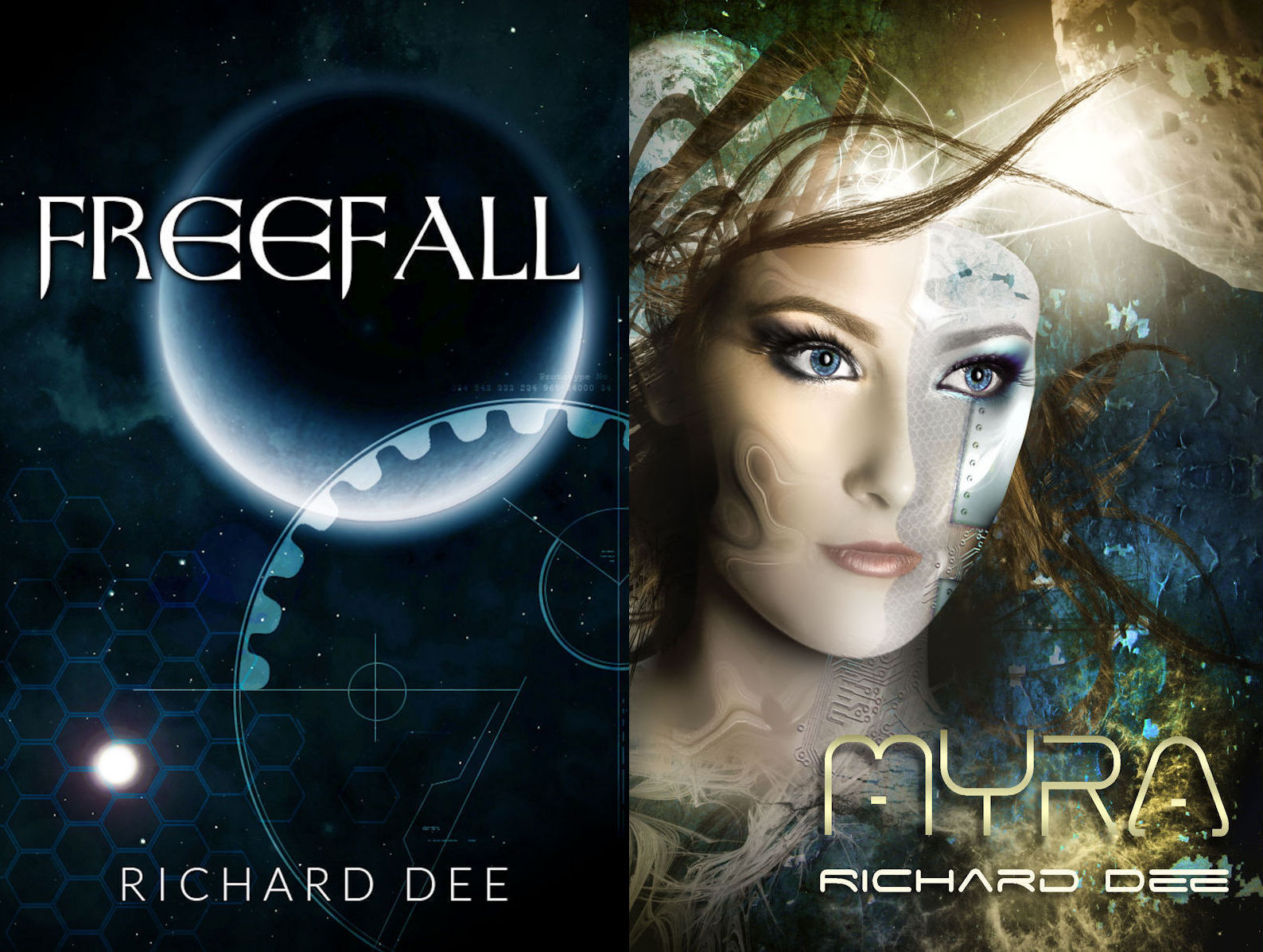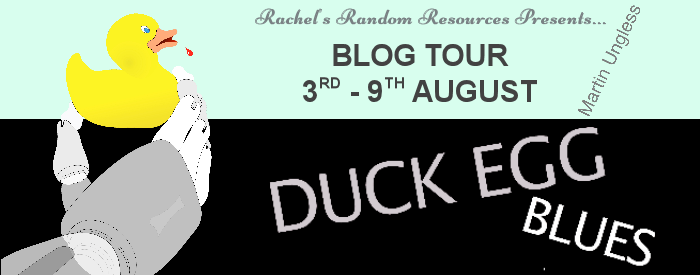There comes a time when you realise that the story you’ve told is incomplete. In a lot of cases, this just means that you write a sequel, to carry on and tell everyone what happened next. However, that might not always be the case, it’s always possible that you might want to explain in more detail what happened before. Thinking about the backstory may have given you an idea for previous adventures. Although you may have used some of it to set the scene and get the reader up to speed, there’s always more to say.
Perhaps it’s about the past life of the leading character, their motivations and how they got to where they were when the story started. Or it might have more to do with the peripheral characters and the setting. There’s a whole new world in the past of your novels.
This post might confuse you, with all the moving about between the prequel and the story. I’ll try and keep it simple. In it I will refer to parts one, two and zero. The finished and published novels are parts one and two, the unwritten prequel to them is part zero. As well as in the laws of thermodynamics, Isaac Asimov used this numbering system in his Laws of Robotics, where he produced a law which preceded the others. As I write Sci-fi, it seemed fitting to use it here.
I’ve written a prequel before, but that one was easy, I only had one point of contact between the two times. I had also written a lot of the back story when I was writing the novel, so I knew roughly what I could or couldn’t say in the prequel. There is also a long gap between the end of the prequel and the start of the novel. As the overlap was minimal, there was nothing much in book one that could prove awkward to explain or prepare for in book zero. All I had to do was get to the point of contact.
Freefall and its prequel, Myra
This time, it’s been a lot harder. I’ve given out a lot of backstory in books one and two, largely because I never thought that I would be writing book zero. In fact, I was intending writing book three and putting all the book zero stuff in there, as a sort of soliloquy. Then I realised that I had enough ideas for four books. It made sense to make one of them a prelude to the others. Not only that I figured that I would be free to expand the backstory and maybe drop a few clues for the adventures that took place in parts one and two (and three).
The Balcom saga, parts one and two.
While that’s true, I’m finding that I must do a lot more checking when it comes to continuity, to make sure that the stories line up properly. I’ve found that readers check and will soon let you know if there’s a hole in the narrative.
The major problem with prequels is that, as well as setting out your stall, so to speak, you have to come up with a convincing past to explain what the reader of parts one and two already knows. In a sequel, you can take liberties with a lot of the stuff, you can give people bad memories or see what happened in a different light. You can change the effect that things have on the present. In the same way that history is written by the winners and might not be a true representation of what actually went on.
It’s all very well deciding on what you wanted to happen before the events you have already described, it would appear that you have a lot of freedom. But in a way that’s an illusion.
When you wrote part one, you probably had no idea that one day you would be writing about what led up to it in part zero. In all likelihood, you didn’t bother to set anything up to make your writing life easy. Things have been said and done, now you have to go back and justify them. And there’s the tricky bit.
If you say something in part one, then you can refer to it in part two, even change its meaning or significance if you need to. But if you want to describe the events leading up to it, it has to be logical and consistent. You can’t change it around, it’s fixed. In part two you can interpret it differently, in part zero, as far as your characters are concerned, it hasn’t happened yet. BUT AS YOU’VE ALREADY DESCRIBED IT, maybe even the circumstances that led to it, you’re stuck with constructing a sequence that ends with you arriving at it. Not only that, you need to include all the information that you’ve already given about it in books one and two
I hope that’s not too complicated, let me give you an example.
My main character in Ribbonworld has his life shaped by an event, it’s something crucial to the plot in book one. I allude to it throughout books one and two. Obviously, I can’t change it in the prequel. Instead, I must contrive events, using the snippets of information that I’ve already given, to get to the point that we know about. Or the whole thing will make no sense. I have to work out how a logical way of leading up to it happening. The past must be written to fit with the future.
Or, to put it in an easier to understand way, if I wrote about Elisabeth Bennett’s childhood, she would be totally unaware of Mr Darcy. But I would still have to include events that were mentioned in Pride and Prejudice.
This is the same reason that I don’t write about time-travel, you’re almost required to write things backwards, that gives me headaches.
You can say, “but you can’t change things that you refer to in book two either,” of course that’s true. However, as you’re moving forward towards an unknown future, it doesn’t matter. As I said before, you can always revisit them and amend their importance to the way the story’s developing. When you’re moving towards a fixed future, it does. It means that there is a lot of reading of parts one and two, to gather all the points and set them out in order. I might miss something, I can guarantee that my readers will not! As a confirmed non-plotter, it’s something that I’m not used to doing.
In the future (?), perhaps I’ll stick to sequels.
You can find out about my sequels and prequels by visiting my PORTFOLIO page
Don’t miss the Showcase on Thursday, then next Monday, I’m on tour.
![]()





تسديد قروض
I seriously love your blog.. Great colors & theme. Did
you develop this web site yourself? Please reply back as I’m attempting to create my own blog and would love to find out where you got this from or exactly what the
theme is named. Many thanks!
Richard Dee
Hi and thank you for the comments. The website is all my own work using a theme from WordPress called Virtue.